As we outlined in an overview piece on Bitcoin Mining’s Supply Chain Ecosystem, one integral part is network interaction. In essence, it is about how a mining operation decides to participate in the mining game.
Solo mining v.s Pooled mining
Bitcoin mining is an open-source activity. Anyone is free to join the network as long as there is the right hardware and software as well as the necessary internet setup.
One can choose to connect to the network through your own setup and start solo mining with whatever miners you have. If you are lucky enough, your miners may just one day solve a block and you are entitled to all the block rewards.
Solo mining was more popular in the early days of bitcoin mining because the competition was easy. Everyone had a decent shot to mine blocks alone.
But as the competition and the difficulty increased, the probability of solving blocks through solo mining became so small that your miners could be working for months and you got nothing but mounting electricity bills. That was when pool operators came in.
The mining pool business was started around 2011 by Braiins, the company behind the once-called Slushpool, which was rebranded to Braiins Pool in 2022.
The idea is straightforward: mining pools set up the internet layer that interacts with the bitcoin network so that you won’t bother doing that yourself.
You direct the hashrate of your miners to a pool operator so that you and everyone else all form a wolf pact that goes hunting for the right blocks together. When rewards get reaped, everyone gets a share of the food proportionate to their hashrate contribution.
Because a joint force makes it easier to solve blocks, the daily mining revenue for individual hashrate contributors is hence stable and predictable.
However, most pool operators require customers to create an account for better management. Therefore, a certain level of user information will be shared. Here’s a quick table that summarizes the pros and cons of pooled mining and solo mining.
| Mining Mode | Pros | Cons |
| Pooled mining | Predictable daily revenue based on hashrate share | Charges a fee; Gives away certain user info |
| Solo mining | Retain full rewards of solved blocks; Higher anonymity | Extremely low probability of solving blocks; Must be lucky |
The fee charged by pool operators is one of the reasons why this market has become competitive with more than a dozen players, big and small. Below, we provide a brief overview of several common fee models adopted by pool operators.
Because of the randomness in bitcoin’s hashing function, there are two factors that contribute to solving a block: hashrate and luck.
Even if your pool can amass a great amount of hashrate, it’s not always the case that the pool can mine an equal amount of blocks on a daily basis – some days are just not as lucky as other days.
But over a long period of time, the luck factor should be averaged out. Nonetheless, the luck factor creates a question: do I get the same payout every day based on my hashrate share? What if my pool is somehow more unlucky than usual?
PPS
PPS, which is short for pay per share. It means a hashrate contributor gets payments based on its contribution every day no matter how many blocks its chosen pool actually mines.
Here’s a quick equation for calculating the bitcoin one can be mined in theory under PPS:
One’s hashrate / Average network hashrate * 900 BTC (Block subsidies per day) * (1-pool fee)
If you possess 1 EH/s of hashrate and the network hashrate is around 200 EH/s, and your pool charges a 2.5% fee under PPS, then you should expect a daily payout of 1/200*900*97.5% = 4.38 BTC.
But notably, this method only includes block subsidies but not transaction fees.
FPPS, which stands for full pay per share, is similar to PPS but it includes both block subsidies and transaction fees. The latter is often estimated based on the block transaction fees in the previous day.
PPLNS
The pay-per-last-N-share model is based on the actual blocks that your chosen pool mines on a daily basis.
If a PPLNS pool mines 10 blocks in one day with a total reward of 65 BTC, you and every other hashrate contributor can split the amount after the pool takes a fee.
Because of the luck factor in a short period of time, it could be 10 blocks today, 5 blocks tomorrow, and 12 or 0 blocks the day after. It may not be as predictable as PPS or FPPS.
PPS+
PPS+ is a hybrid mode of PPLNS and PPS in the sense that you get steady payout every day for the block subsidies part based on your hashrate contribution regardless of the number of blocks your chosen pool mines every day.
In addition, you will receive block transaction fee rewards proportionate to your hashrate share only for the blocks that your pool actually mines.
Market reshuffle
The bitcoin mining pool market has evolved and diversified after more than a decade of development.
In the beginning, there was Slushpool and F2Pool. And then Bitmain rolled out Antpool and BTC.com as a way to better serve the customers buying its AntMiner equipment.
The founding team of BTC.com later departed Bitmain to create Poolin. Since 2019, crypto exchanges that had strong user bases in China also set up mining pools either on their own or via white-label services of existing pools.
Following China’s serious crackdown on bitcoin mining in 2021, the bitcoin mining pool market once again went through a major reshuffle with the fast rise of FoundryUSA.


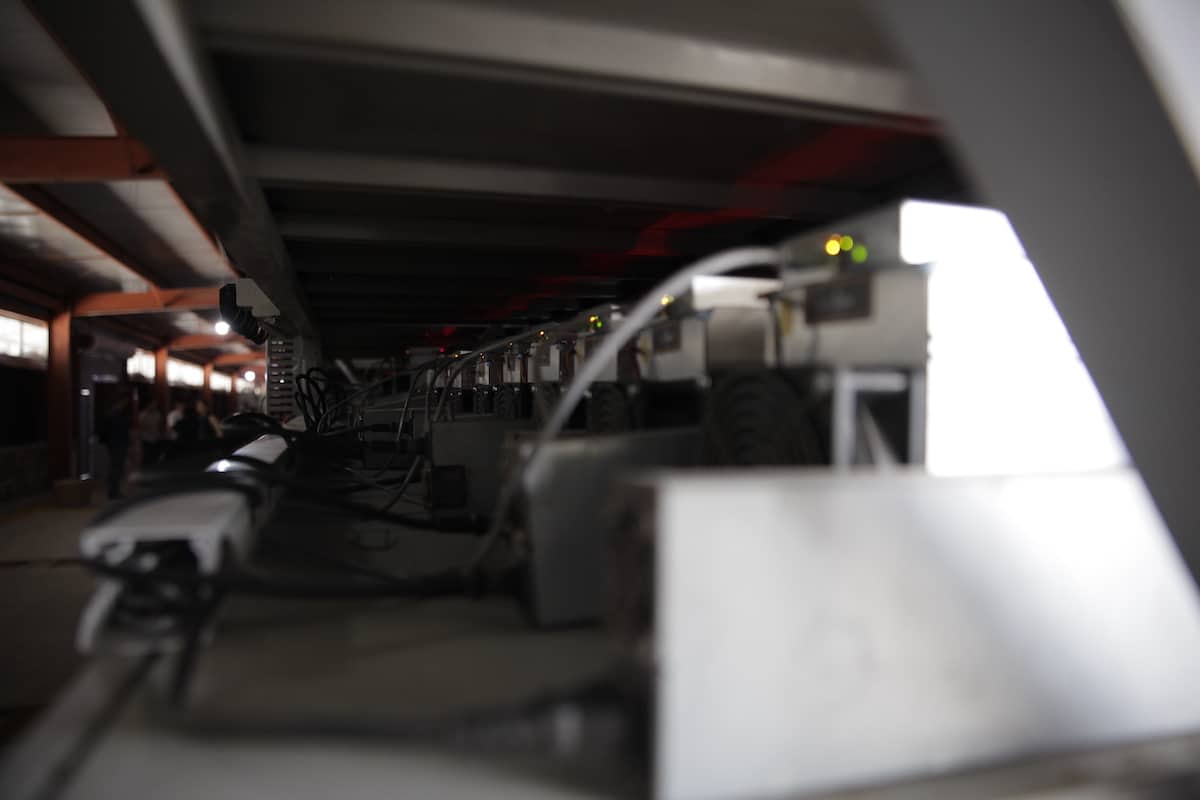

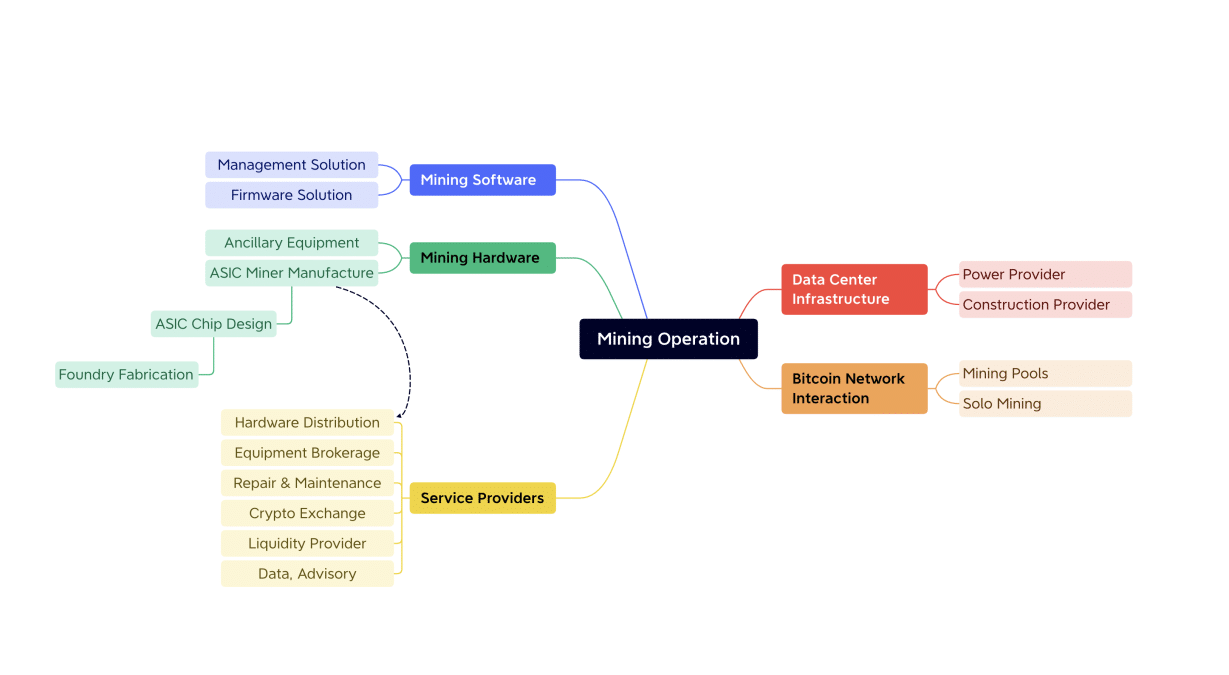
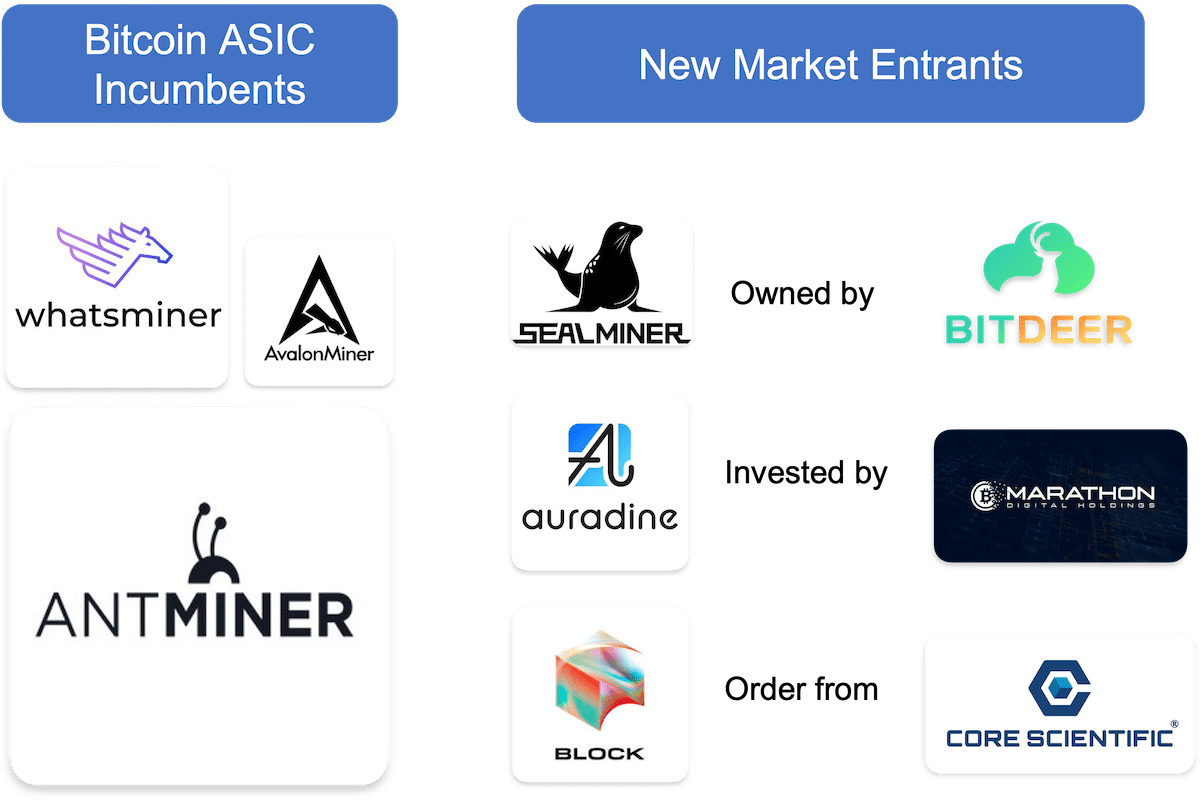
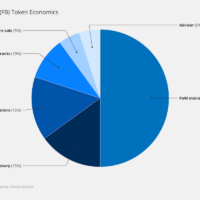
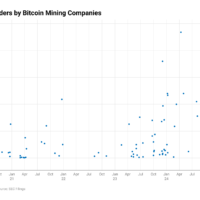
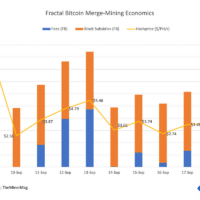
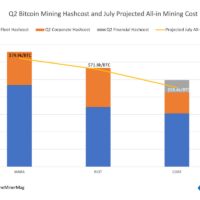
Share This Post: